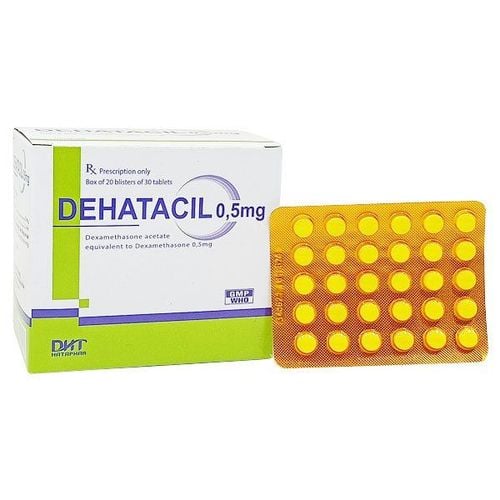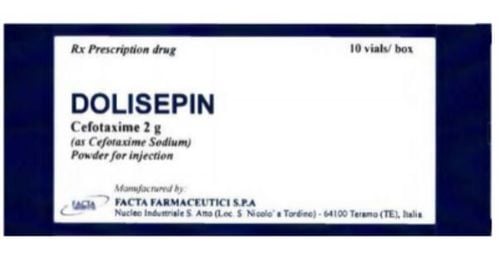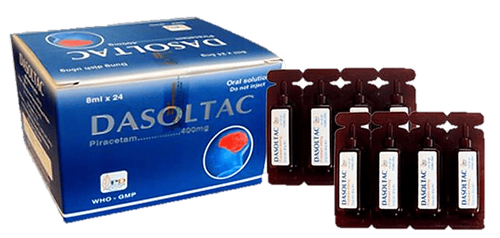This is an automatically translated article.
The article was written by MSc Nguyen Thuc Vy - Radiologist, Department of Diagnostic Imaging - Vinmec Nha Trang International General Hospital.Cerebral perfusion MRI is a technique used to evaluate the distribution of blood to the brain parenchyma. Using this technique helps to differentiate some neurological diseases and to evaluate the effectiveness of treatment as well as to monitor the disease.
1. How to perform cerebral perfusion magnetic resonance imaging
Step 1: PreparationAfter being assigned a cerebral perfusion magnetic resonance imaging, the patient moving to the imaging department will be greeted by the staff of the magnetic resonance room and instructed to change and remove the items with metal on the body to ensure safety during magnetic resonance imaging. Step 2: Procedure
The technician will place the patient inside the MRI machine. The time for non-drug cerebral perfusion MRI is about 3-5 minutes. Brain perfusion MRI with medication takes about 15 minutes. The MRI staff will place a fine needle into a vein in the elbow area and will withdraw the needle at the end of the examination.
During the scan, the machine will emit all kinds of sounds, but with Vinmec's high-tech MRI machine, this noise is minimized and does not cause discomfort to the photographer. The patient needs to try to lie still in a position to give the clearest and sharpest image.

Tư thế khi chụp MRI tưới máu não
2. Pros/Cons
The advantage of this technique as described above provides a lot of information to help doctors decide on diagnosis, decide on treatment methods, assess progress and monitor during treatment. For example, in the case of a stroke at 6-24 hours, after a cerebral perfusion scan, if the penumbra is an area of the brain that is not completely dead but still large, the doctor will still decide to intervene endovascularly to fill the blood. block for the patient. Disadvantage: it will be more time consuming and expensive than conventional magnetic resonance imaging techniques due to the contrast injection process. Patients may need renal function testing prior to drug imaging to avoid the risk of nephrogenic systemic fibrosis.

Hình ảnh chụp MRI tưới máu não phản ánh tình trạng bệnh nhân
3. Special points/advantages when implementing this technique at Vinmec
Vinmec Nha Trang uses a modern magnetic resonance machine (3.0 Tesla) with a silent MRI program to limit noise during magnetic resonance imaging.Contrast-free perfusion technique is safe, easy to perform, can be repeated many times, and the snapshot time is being implemented at Vinmec Nha Trang to provide useful information on cerebral perfusion support for patients. clinicians in the diagnosis and treatment of patients.
Customers can go directly to Vinmec Nha Trang to visit or contact hotline 0258 3900 168 for support.














